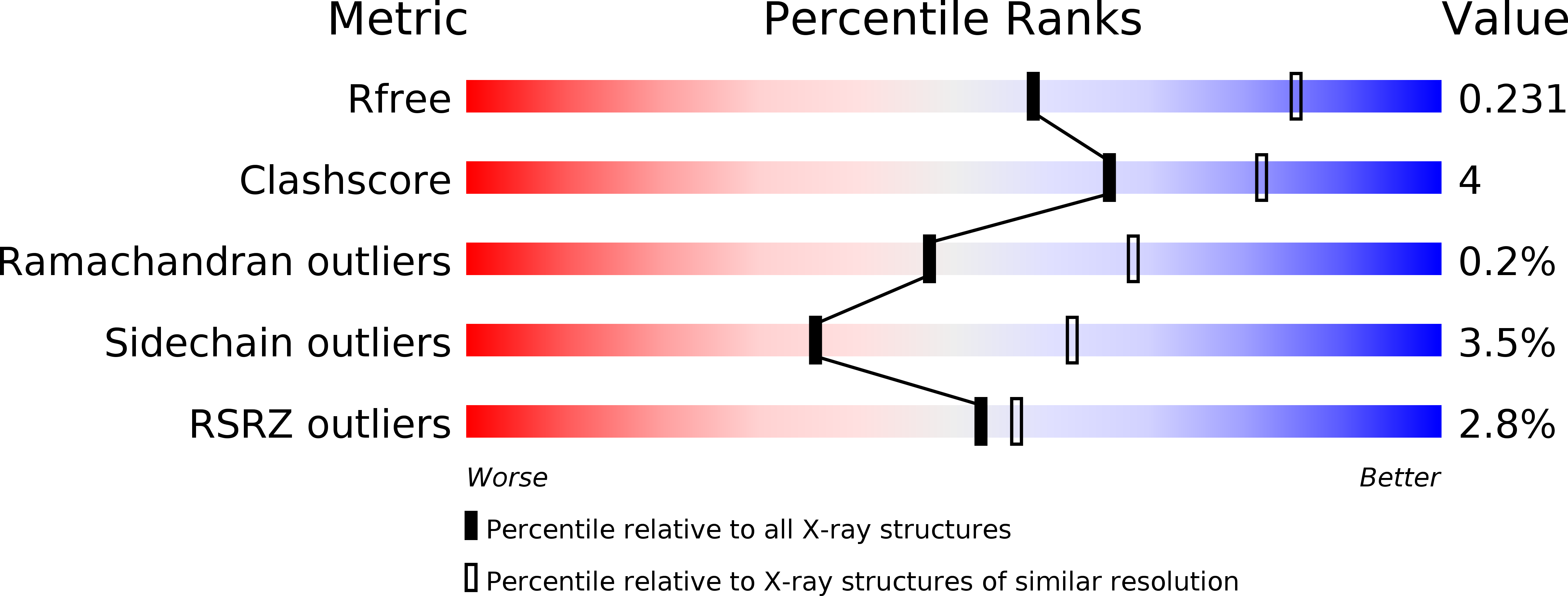
Deposition Date
2015-01-26
Release Date
2015-10-28
Last Version Date
2024-02-28
Entry Detail
PDB ID:
4XV2
Keywords:
Title:
B-Raf Kinase V600E oncogenic mutant in complex with Dabrafenib
Biological Source:
Source Organism:
Homo sapiens (Taxon ID: 9606)
Host Organism:
Method Details:
Experimental Method:
Resolution:
2.50 Å
R-Value Free:
0.24
R-Value Work:
0.21
R-Value Observed:
0.21
Space Group:
P 21 21 21


